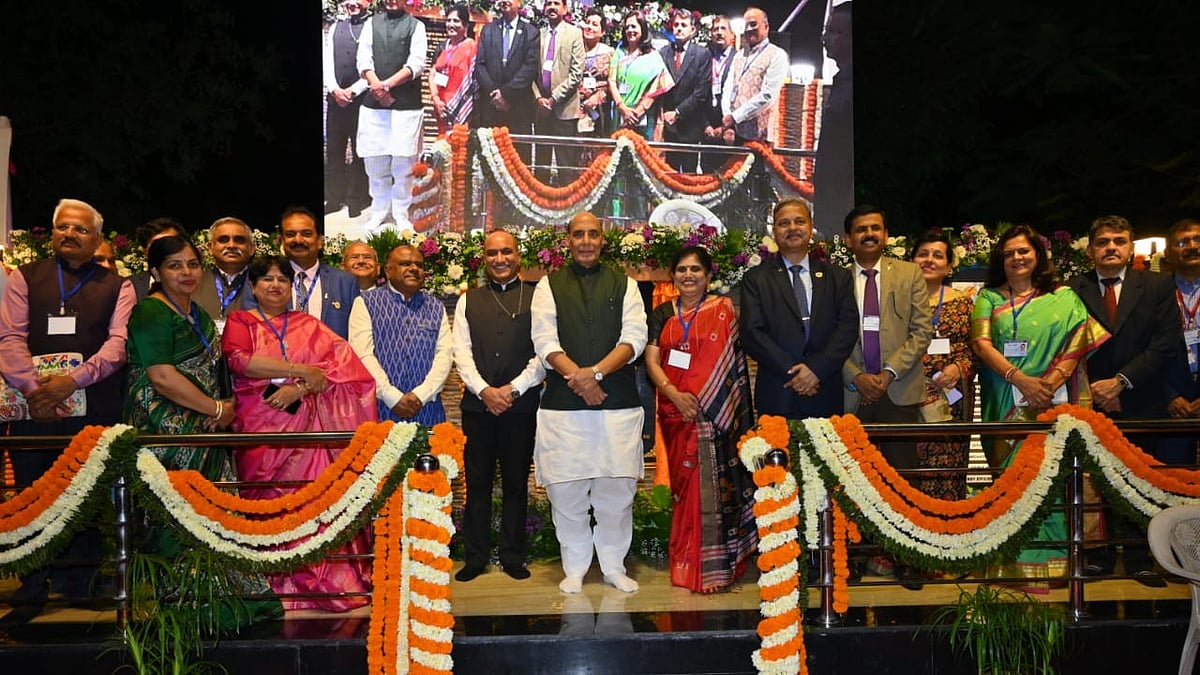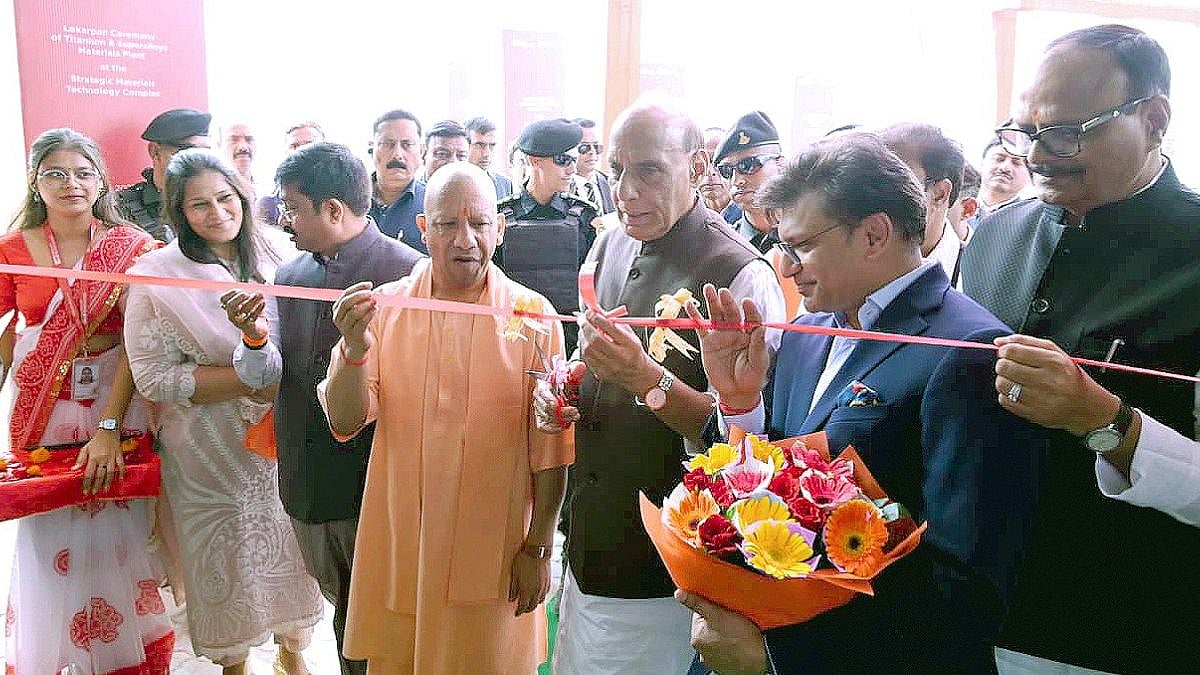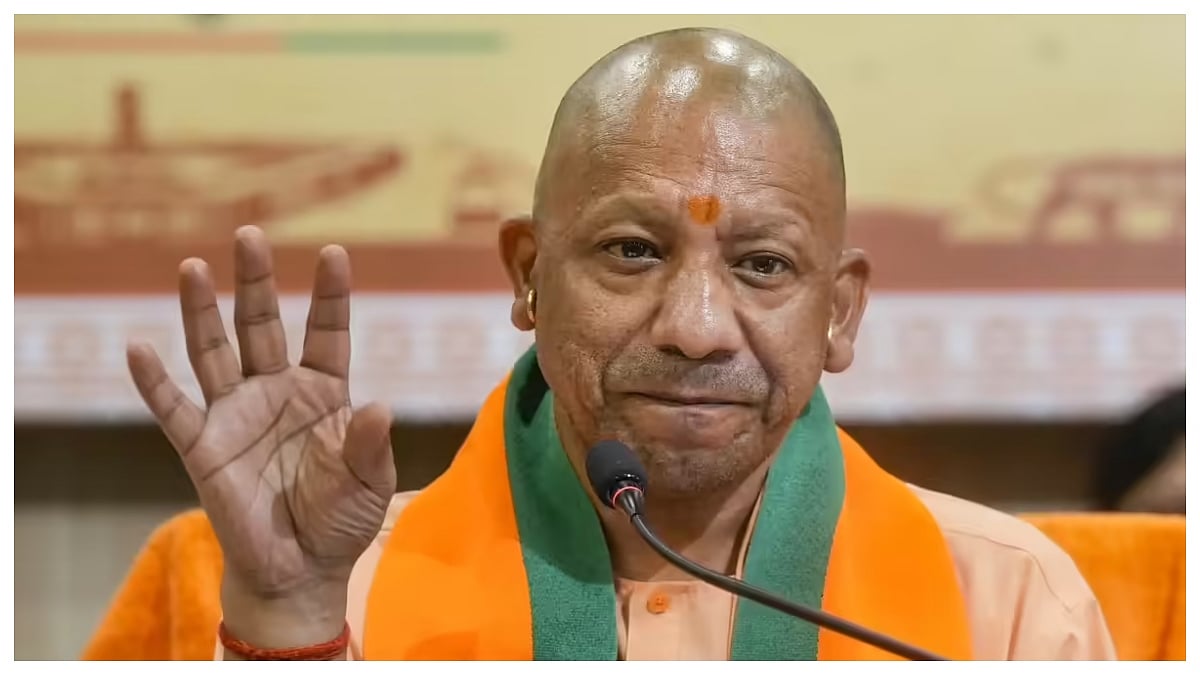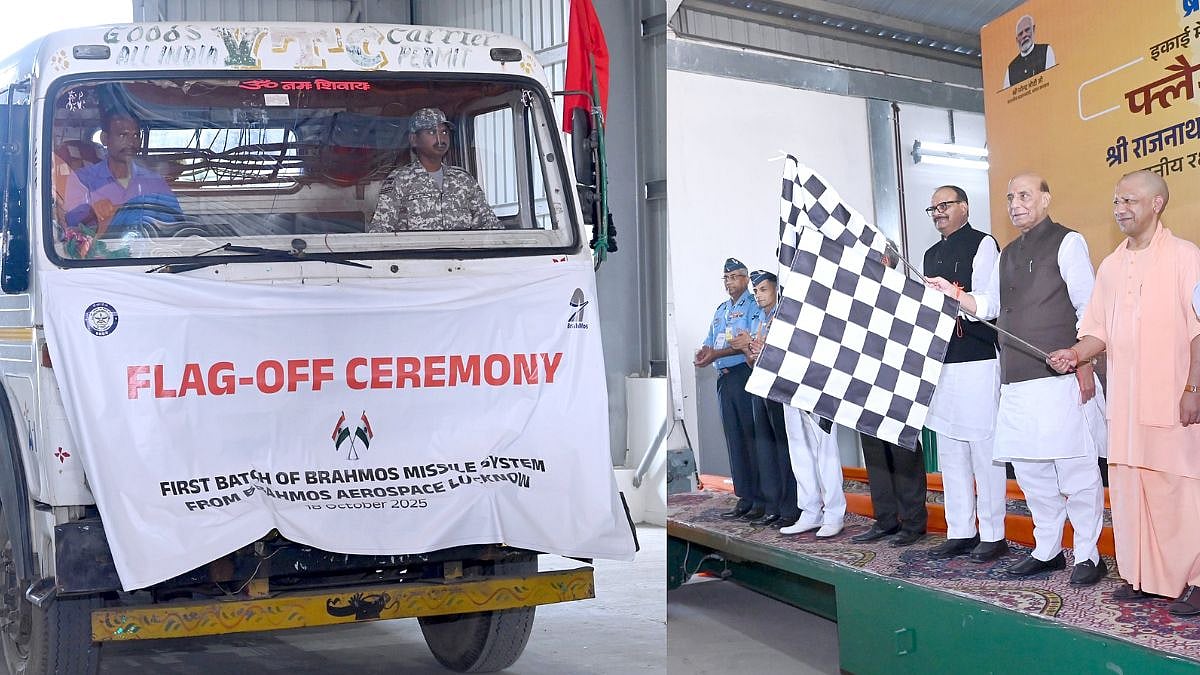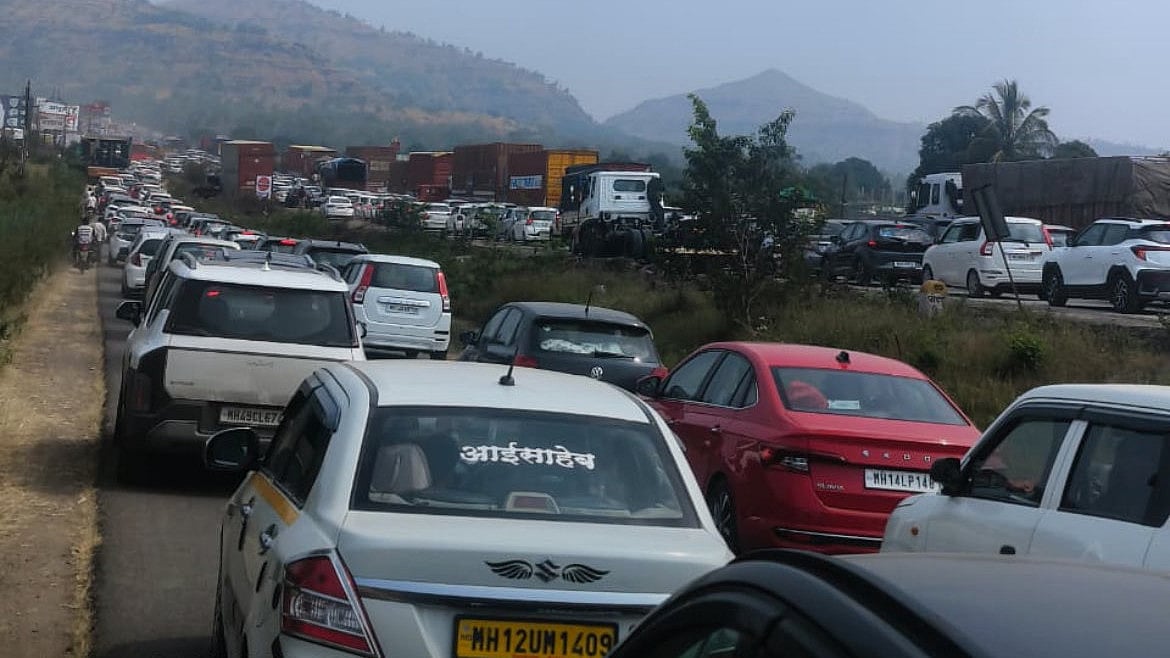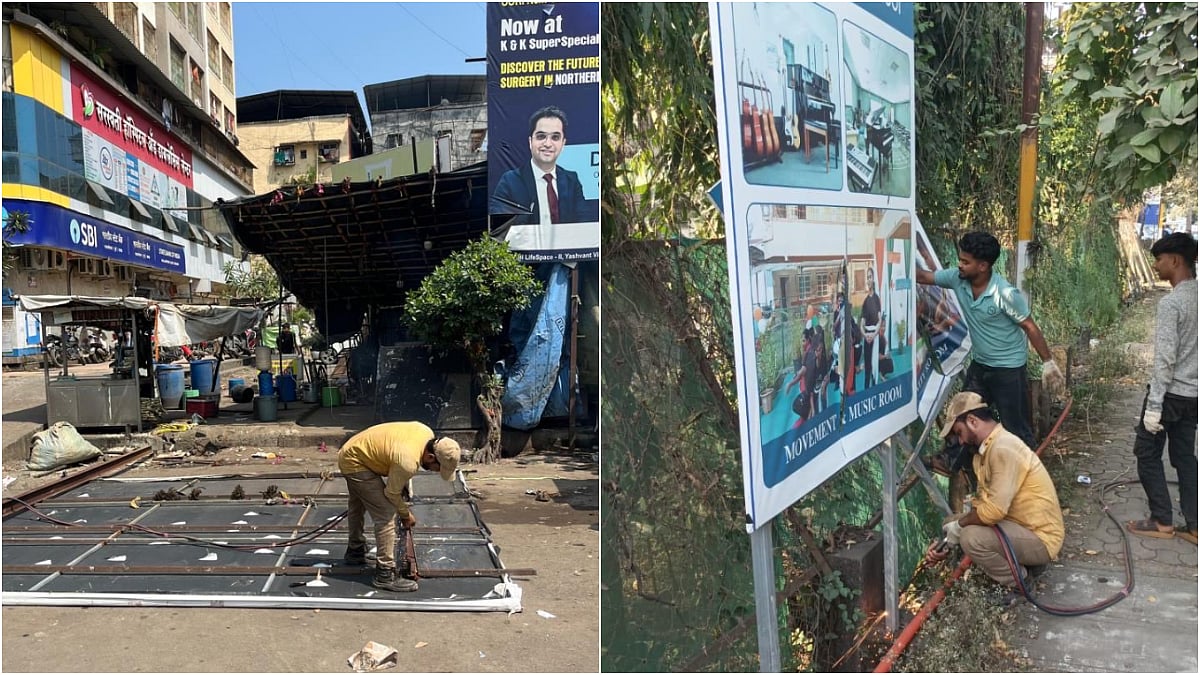Nashik, Maharashtra: Defence Minister Rajnath Singh lauded Hindustan Aeronautics Limited (HAL) Nashik for its pivotal role in strengthening India’s indigenous defence manufacturing capabilities, as he inaugurated two new production lines for the LCA Tejas Mk1A and HTT-40 aircraft at the facility.
Symbol of India’s Aatmanirbharta in Defence
In his address, the Defence Minister described the flight of the state-of-the-art Tejas Mk1A as a shining symbol of India’s growing Aatmanirbharta in the defence sector. Highlighting the transformation of India’s military manufacturing under Prime Minister Narendra Modi’s leadership, Singh noted that the country which once imported 65–70% of its critical defence equipment now manufactures 65% domestically, with the goal of achieving 100% indigenous production in the near future.
From Import Dependency to Domestic Manufacturing
“When we came to power in 2014, we realised that without self-reliance, we can never be truly secure,” Singh said. He pointed out that earlier defence preparedness was limited, and import dependency left the nation vulnerable.
He recalled how reforms and innovation-driven policies helped reduce imports and fostered indigenisation, enabling India to produce its own fighter aircraft, missiles, engines, and electronic warfare systems.
Record Growth in Defence Production and Exports
Listing key achievements, Singh said that annual defence production has surged from ₹46,429 crore in 2014–15 to over ₹1.50 lakh crore in 2024–25, while exports have risen from less than ₹1,000 crore to an all-time high of ₹25,000 crore.
The government now aims to reach ₹3 lakh crore in defence manufacturing and ₹50,000 crore in exports by 2029.
Next-Generation Warfare and HAL’s Role
Emphasising the rapidly evolving nature of modern warfare — marked by Artificial Intelligence, cyber warfare, drone systems, and next-generation aircraft — Singh urged HAL to “stay ahead of the curve” and make its mark beyond Tejas and HTT-40.
He praised HAL as the “backbone of India’s defence sector”, appreciating its contribution to operations such as Operation Sindoor, where HAL provided round-the-clock maintenance support to the Indian Air Force and installed BrahMos missiles on Su-30 fighters.
HAL Nashik: A Legacy of Excellence
The Defence Minister commended HAL Nashik for its six-decade journey — from manufacturing and overhauling MiG-21 and MiG-27 aircraft to producing Su-30MKI fighters, and now expanding to indigenous platforms like the Tejas Mk1A and HTT-40.
He noted that these aircraft represent collaboration between government, industry, and academia, demonstrating that “no challenge is too big” when all sectors work together.
Digital, Green, and Job-Creating Growth
Singh also took note of the joint Maintenance, Repair, and Overhaul (MRO) facility for both civil and military aviation at Nashik, expressing confidence that it will generate new employment opportunities in the region.
He lauded HAL’s transformation into a paperless, digital, and sustainable facility, calling it “a true symbol of New India’s technological leap.”
Voices from the Defence Establishment
Sanjeev Kumar, Secretary (Defence Production), termed the inauguration of the production lines as a milestone of technological confidence and strategic foresight, marking a new chapter in HAL’s journey toward a self-sustaining aerospace ecosystem.
He described the LCA Tejas Mk1A as not merely a fighter aircraft but a statement of India’s design and manufacturing excellence, created through the collaboration of HAL, ADA, DRDO, and the Indian Air Force.
He also highlighted the HTT-40 trainer aircraft as a testament to HAL’s indigenous design and development capabilities.

Expanding Capacity and Industry Partnerships
Dr. D. K. Sunil, CMD, HAL, said that operationalising production of the Tejas Mk1A and HTT-40 from Nashik showcases HAL’s expanding capacity.
He noted that the initiative has created 1,000 jobs and engaged over 40 industry partners, aligning with the government’s vision for Public-Private Partnership in defence manufacturing.
The event also featured an aerial display by Su-30MKI and HTT-40, with the Tejas Mk1A receiving a water cannon salute after its maiden sortie piloted by Group Captain K. K. Venugopal (Retd), HAL’s Chief Test Pilot (Fixed Wing).
